After Four Concussions, A.J. Tarpley Returns to Football with Fleet
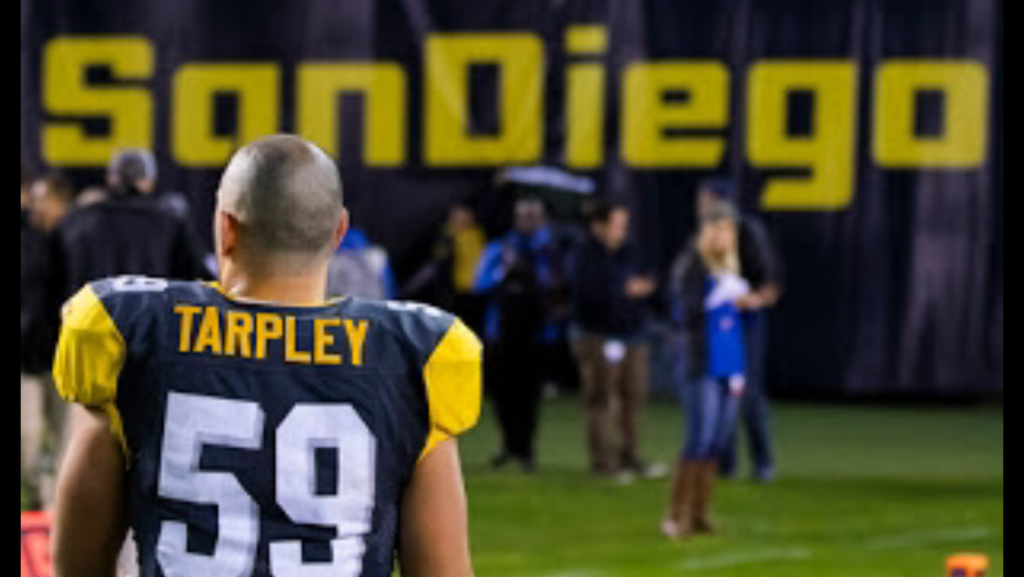
Credit: EVT Sports
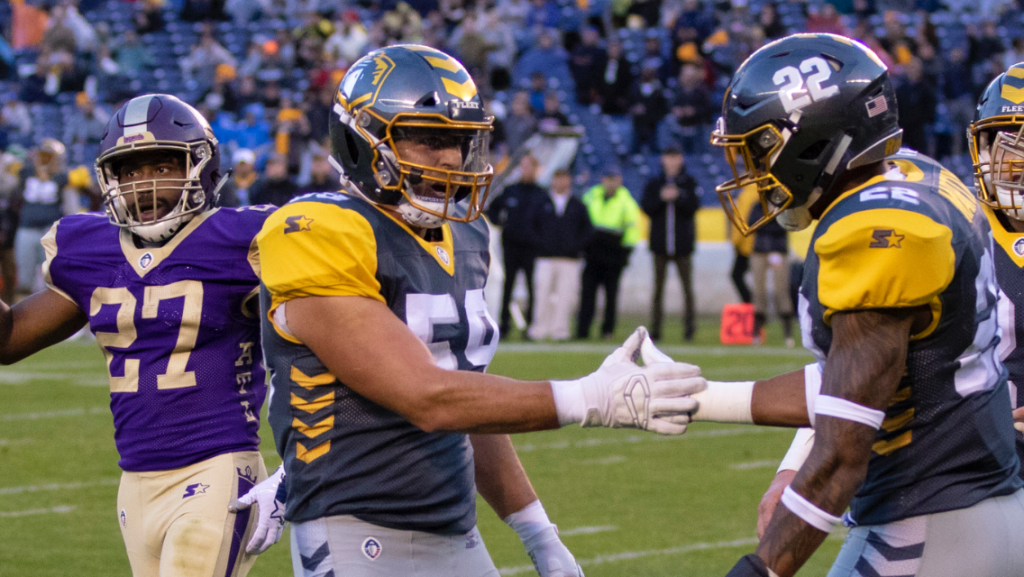
Concussions ended a promising career of A.J. Tarpley in 2016. Or at least that is what he thought. The linebacker is back in full force and an inspirational leader for the Fleet in their inaugural season.
It’s no secret that the biggest rival of America’s game of football is head injuries and the brain trauma that comes with them. The probability of them happening, the frequency in which they occur and long term effects that come with those are causing a decline in participation that has trickled all the way down to the youth levels.
For an increasing amount of players, length of careers are no longer determined by skill or ability. It is determined by how many concussions a player has had and how severe those were.
That number was four for A.J. Tarpley. One in high school, the second at Stanford while playing in college and two in the span of one year during his rookie season in the NFL. He hid his second and third concussion from the Buffalo Bills, who had signed him as an undrafted free agent and given him a chance to prove himself. In an essay Tarpley wrote for Sports Illustrated in 2016, he described the symptoms of the fourth concussion he suffered on Oct. 25, 2015, and how it was related to the third concussion he had earlier that year in summer camp:
“The vision problems continued and were compounded by a migraine headache. Then I lost feeling in my fingers, arm, and shoulder on the right side of my body (the hit had also injured nerves and muscles in my neck and shoulder). During a nauseating eight-hour flight home, I thought back to the concussion in August. It was caused by a hit to the same side of my head and led to the same vision problems. It was too real to ignore.”
Tarpley was eventually cleared by both team and outside doctors to finish the season in which he played 14 games, had eight tackles, one sack, and two interceptions. In April of 2016, following his first year in the NFL, he walked into the office of then Bills’ head coach Rex Ryan and did what he said was the hardest thing he’s ever done in his life.
At age 23, he quit the game of football.
He announced his retirement in an Instagram post, thanking his family and coaches. The picture he posted showed him sitting in the middle of New Era Field clutching a football in his left arm, pointing his right index finger toward the sky. He was celebrating a game-winning interception of New York Jets’ quarterback Ryan Fitzpatrick that had eliminated them from playoff contention in Week 17 of the 2016 season.
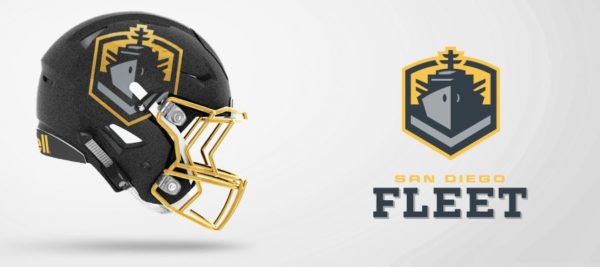
What could have been a moment that propelled him into a long career in the NFL was subsequently his final memory of playing football.
“It was something that I wanted to do,” Tarpley said. “It came down to risk versus reward when I decided to quit.”
He couldn’t continue to play wondering how many more hard hits he could take above the shoulder pads. Tarpley felt more at peace making the decision himself rather than waiting for a doctor to tell him he couldn’t play. There was one condition for walking away from the game.
“I told myself if I wanted to play then I owed it to myself to go back and do it,” he said.
It didn’t take long for Tarpley to find success after retiring from the NFL thanks to earning a degree from Stanford along with playing four seasons for the Cardinal.
“I was a distressed sales guy for Bank of America Merrill Lynch in Manhattan, New York and I learned a ton working with awesome people there,” Tarpley said.
He went from shouting defensive checks after reading an offensive formation to yelling on the hectic trading floors of Wall Street selling distressed bonds and equities.
But in Tarpley’s new life away from the game, he couldn’t help but continue the work ethic of a football player in the gym.
“I wanted to keep a baseline,” he said. “I worked out six days a week when I was in New York for about two hours each day.”
All that did was stoke a fire inside him that was his passion for playing the game. The feeling wouldn’t go away.
In late May, he walked into his boss’s office and ironically delivered the same news he had to Rex Ryan in 2016. From there, he drove across the country to his alma mater to intensify his workout regiment and start his comeback to football.
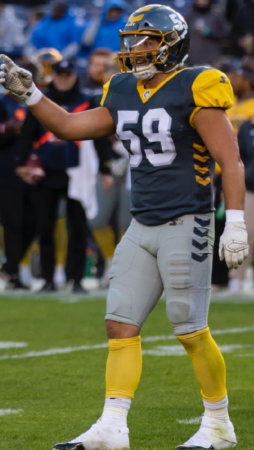
The goal was to get a workout with an NFL team, but that didn’t happen before the season started the focus shifted toward the Alliance of American Football.
The birth of a new professional football league, the AAF came as a chance for Tarpley to return to the game. The game called to him and with the opportunity the San Diego Fleet provided, he answered.
“I wouldn’t say there was a ‘Eureka!’ moment or anything,” Tarpley said. “I just realized that every day I wanted to play and so that all culminated into me saying ‘screw it let’s do it’.”
Tarpley discussed the potential of the start-up league with former teammates from Stanford and the Bills and determined it was the next step in the revival of his football career. Fleet General Manager David Boller remembers his first impression of Tarpley months before the inaugural season began:
“We reached out to him not really thinking he was going to play,” Boller said. “You read about his history and I remember when we first started talking to him I thought, ‘Wow. That’s the guy.’”
The Fleet had first dibs on the 26-year old because Stanford fell under their Alliance allocation footprint.
“I think he missed the game so much and if you watch him now, he’s so passionate”, Boller said. He’s one of our best leaders and gave a great pre-game speech [before week 2 against Atlanta]. He’s all A’s in my book.”
Tarpley’s family provided him with nothing but support in both his decision to quit football in 2016 as well as make a comeback this year. His father Audie Tarpley, mother Karen and older brother Matt made up the devout football family. AJ started playing in third grade when he would unofficially participate in his big brother’s team, which their dad coached. Both played college football and helped shape AJ’s dreams to play.
“Whatever I decide to do they are the first ones to say ‘Hey, how can I help?’ rather than asking me about it,” Tarpley said. “It’s awesome and I know I am blessed to have them in my life.”
Through two games with San Diego, Tarpley has eight tackles and serves as a team captain to a group of players with minimal professional football experience. His responsibility in leading the defense and goals of returning to the NFL caliber linebacker he once was is enough to keep any negative thoughts or fears of another blow to the head from creeping into the back of his mind.
“I wouldn’t say scared,” Tarpley said. “I am aware of myself and my decisions. That was part of the reason I walked away. I wasn’t going to play unless I was 110-percent.
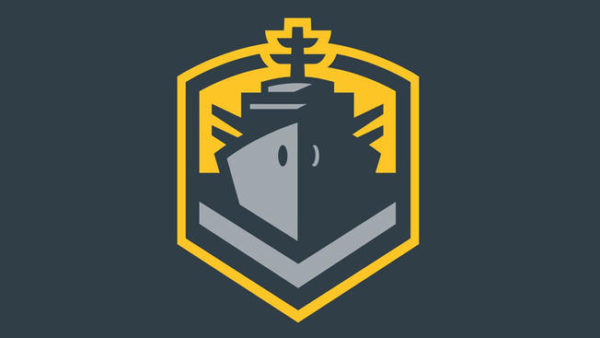
“If I can play without that thought in the back of mind then I am going to. If there is a day down the road where that changes then I’ll face it.”
Fleet head coach Mike Martz has no doubt his middle linebacker is full-go and even said he is one of the most technically sound players on the roster. While he is aware of Tarpley’s history of head injuries, he is confident that the proper precautions have already been taken and there isn’t a need to limit his role with the team.
“At middle linebacker, if it’s an issue then you’re not going to be there,” Martz said. “He just does everything right and it all kind of starts with him. We are just thrilled to have him.”
Tarpley has never had any interest in using his history and experience with head injuries for a political agenda, despite agreeing that there is a clear correlation between brain trauma and football. He doesn’t want to be an advocate against a game that has taken him so many places and given him so many great memories.
“My decision was based on me and my life,” Tarpley said. “My opinion on the matter is that there is still a lot to be known. I still feel the same way in that I think everyone should be looked at differently.”
While it was Tarpley’s decision to walk away in 2016, his longing for the game has brought him right back to it. Some may not understand how one could take that risk, the risk that comes with one more high hit. Tarpley doesn’t think about it that way. He’s thinking of making one more tackle. One more interception. One more big play for his team. One more shot at getting back to the NFL.
Luke is a multimedia sports journalist based in San Diego. The recent graduate of Long Beach State has covered sports of all levels for the past four years and has most recently worked as a freelancer covering prep sports for the San Diego Union Tribune. He followed the LBSU Dirtbags for two seasons as their beat writer and assistant sports editor for the school newspaper, including a super regional run in 2017. He also covered the LBSU men’s volleyball that won the NCAA national championship in 2018. Luke aspires be both a reporter and photographer. His love of sports began at a young age and he played baseball competitively through junior college. At age 13, he and his little league all star team from Park View Little League won the 2009 LLWS in Williamsport, PA. Today, Luke aspires to become a beat writer for a MLB team.